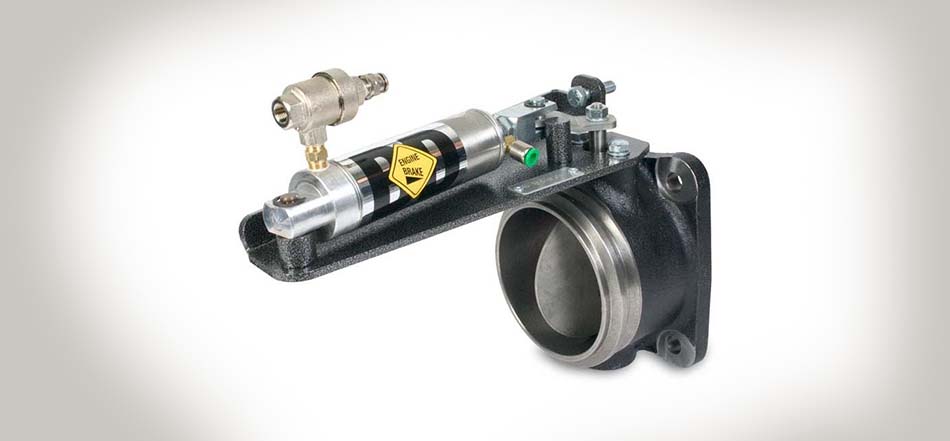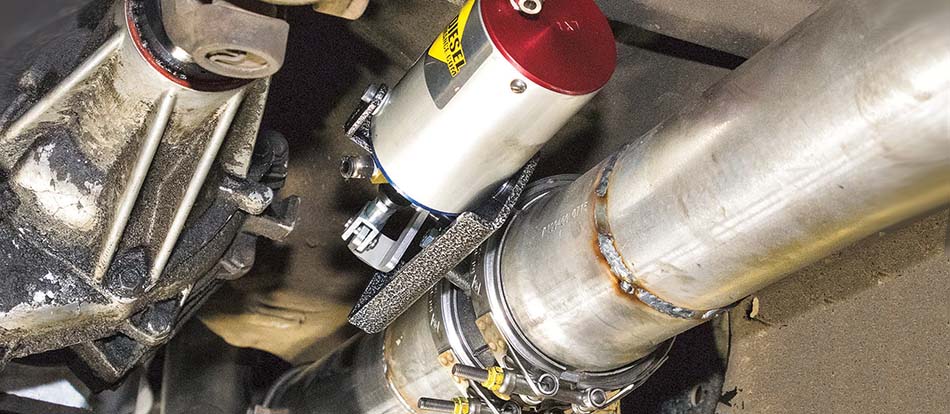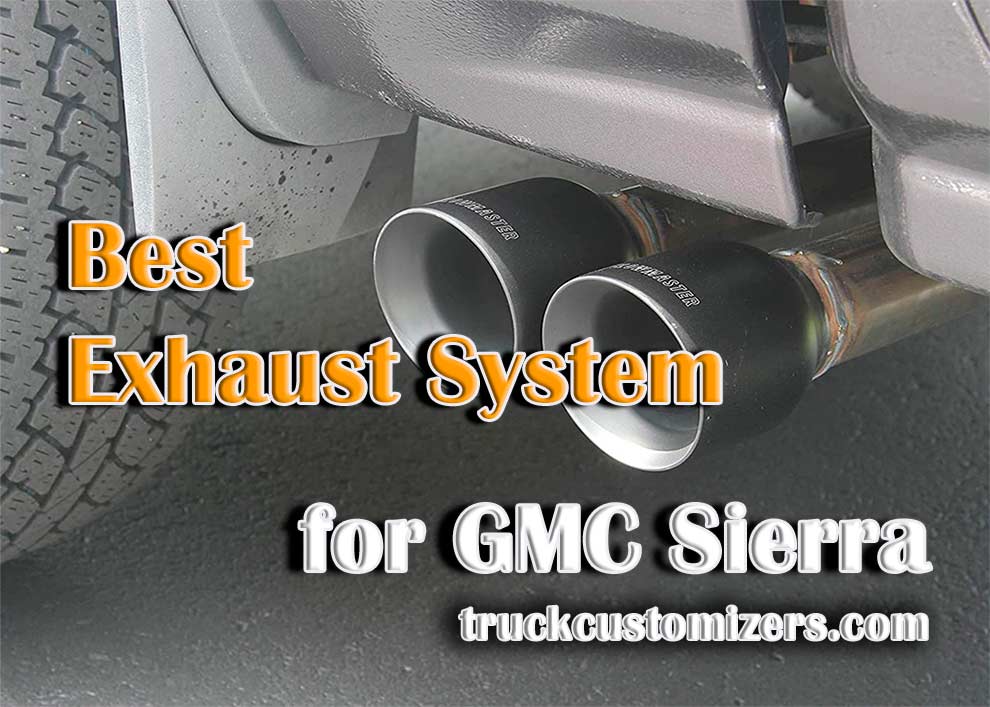An exhaust brake is a device used to slow down a vehicle by using the engine’s exhaust pressure. This can be done either by closing off the exhaust pipe or restricting it, causing backpressure in the system which results in a slower acceleration. The exhaust brake has been around for decades and is most commonly used on diesel engines, though some gasoline engines have one as well. It is an efficient way to help control a vehicle’s speed without relying on brakes alone and can help reduce wear-and-tear on conventional brakes found on vehicles today.
What is an Exhaust Brake?
An exhaust brake is a mechanical device attached to the engine’s exhaust system that restricts or closes off the flow of exhaust gases, allowing for greater control over engine braking power and reversing its direction of thrust. This causes backpressure in the system, resulting in reduced acceleration and slowing down of velocity while maintaining fuel efficiency at higher speeds than would normally possible with traditional brakes alone (such as when going downhill). The degree of back pressure depends on how much air restriction or closure takes place within the exhaust pipe(s). Here you can choose the popular exhaust system for GMC Sierra.

How Does an Exhaust Brake Work?
The engine’s computer (ECU) is responsible for controlling the exhaust brake. When the driver activates the exhaust brake, usually via a switch on the dashboard or in the cabin, the engine’s ECU will detect this and adjust fuel input to reduce engine speed and send a signal to close off or restrict air flow through the exhaust system. The result is increased backpressure in the system, slowing down acceleration and providing an additional form of braking power.
Benefits of Using an Exhaust Brake
Using an exhaust brake provides a number of benefits over traditional brakes alone. It increases safety as it reduces wear-and-tear on regular brakes while maintaining fuel efficiency at higher speeds. Exhaust brakes can also be used when descending steep hills or during emergency braking situations to provide additional control over vehicle velocity without relying solely on conventional brakes (which can lead to dangerous lockup and loss of traction). Furthermore, it helps prevent “greenhouse gas” emissions from entering our atmosphere by reducing acceleration which results in less fuel consumption and less pollution overall.
Who Should Use an Exhaust Brake?
An exhaust brake is typically used by those who frequently drive large heavy vehicles such as semi-tru cks, buses, motorhomes, and even some recreational vehicles. However, anyone who wants to increase the safety of their driving or reduce their vehicle’s environmental impact through reduced acceleration can benefit from an exhaust brake system.

Types of Exhaust Brakes Available On the Market Today
There are two main types of exhaust brakes available today: a vacuum-actuated exhaust brake (which uses suction from the engine intake manifold to close off air flow through the exhaust) and an electronic control unit (ECU)-controlled exhaust brake (which is triggered by an electrical signal sent from the engine’s ECU). Both types provide significant gains in terms of reducing acceleration and improving fuel efficiency while also providing additional braking power when needed.
Conclusion
An exhaust brake is a device that provides increased safety and fuel efficiency while reducing emissions by slowing down a vehicle using backpressure. It can be used by those who frequently drive large heavy vehicles as well as anyone looking to reduce their carbon footprint or improve overall safety during braking situations. There are two main types of exhaust brakes available on the market today which use either vacuum-actuation or ECU-controlled signals for operation.



